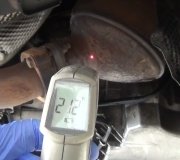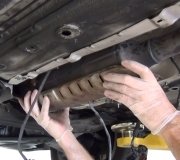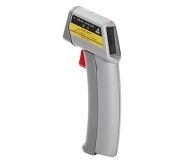Thursday, July 23rd, 2009 AT 7:47 PM
I had my Jeep into the dealer because it was not taking the gas first thing in the a.M. You had to coax it along to get it going. After five minutes, it was okay and ran fine. They had it for two days which was very inconvenient. Ran some tests on the fuel pump and decided it was bad gas, but oh by the way, your catalytic converter is coming apart and will need to be replaced to the tune of $1230. There is a vibrating, rattling noise that sounds like it comes out of the exhaust when you first start it up. After it goes for a while, it's fine. I had some trouble with the dealer because they told me my tires were fine and the next day I had a flat. I bought all 3 of my cars there and have all my work done there. I took it in January for a thorough going over, oil change, check belts and hoses, etc. No tune up was done. I had a 1988 Jeep Cherokee 6 cylinder which ran for 15-20 years with no problems with it's catalytic converter although it made the same noise out of the exhaust. I had the muffler replaced on that one, but it still did it. A new catalytic converter is on order but I am feeling like I'm being taken because I am a woman. What is your advice?



